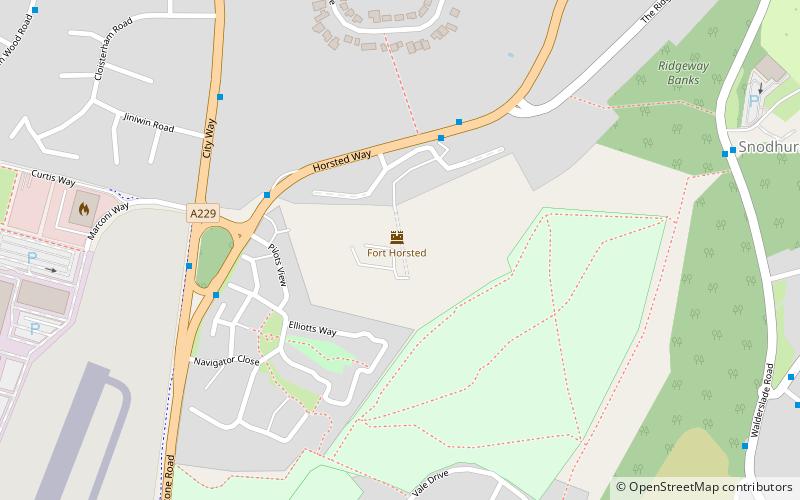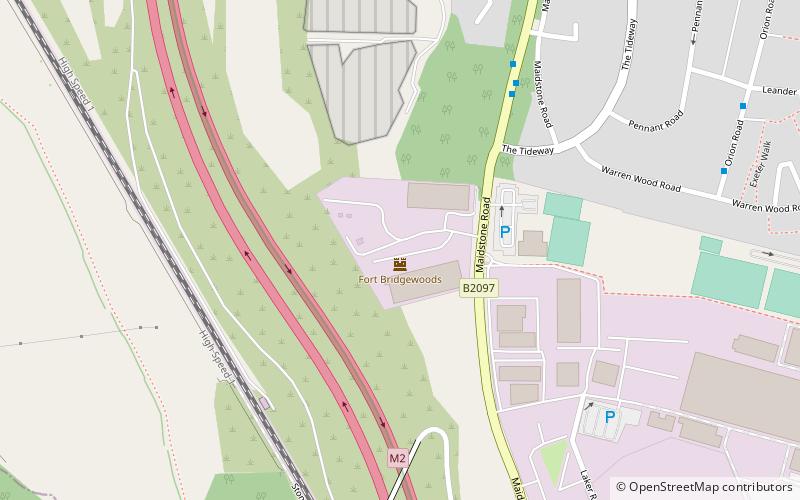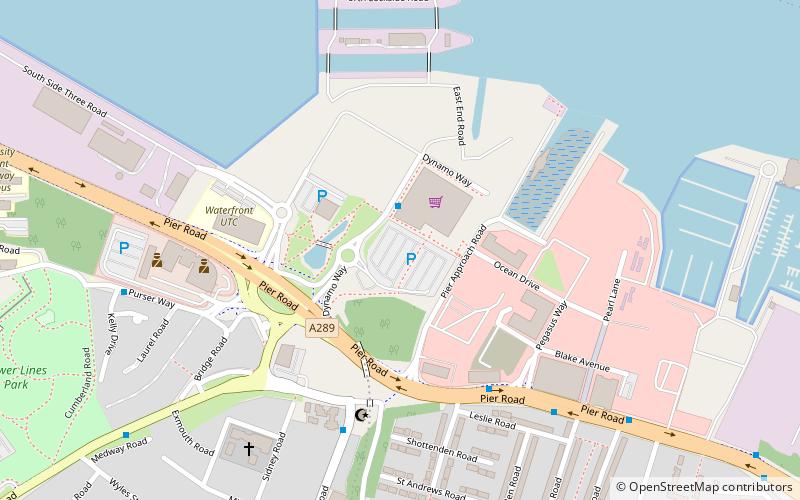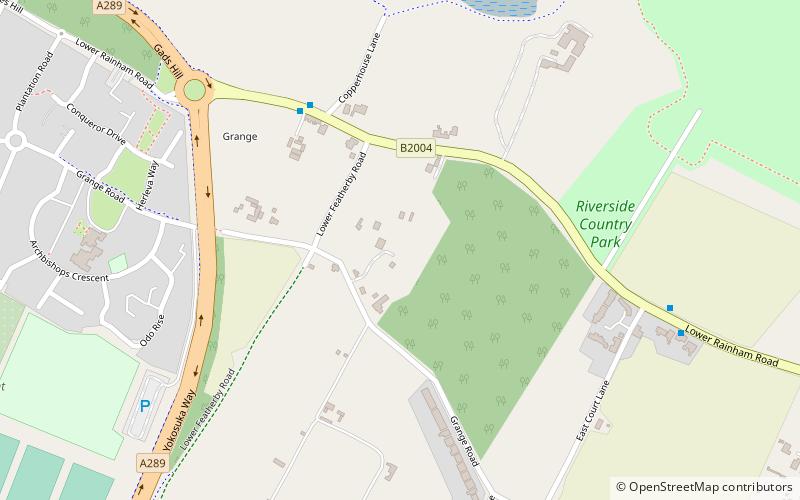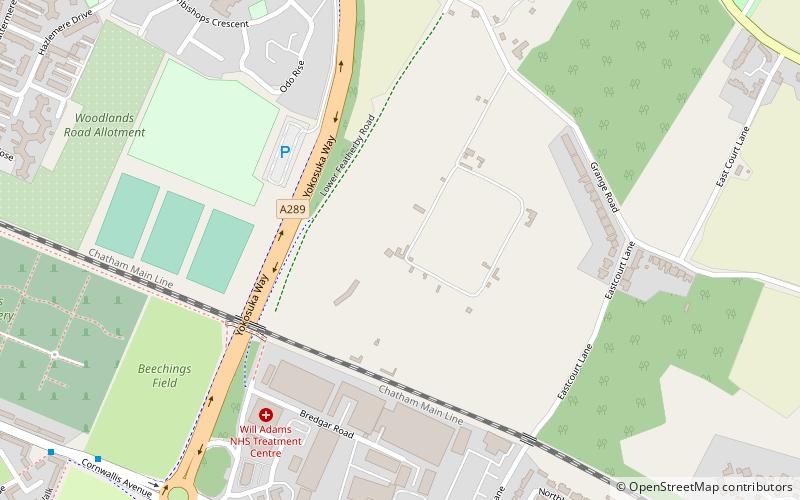Gillingham: Forts and Castles
Places and attractions in the Forts and castles category
Categories
More categoriesRochester Castle
Historic Norman edifice Standing proudly above the River Medway in Kent, Rochester Castle is an imposing medieval fortress that has been a sentinel over the ancient city of Rochester for centuries. With its origins dating back to the 1080s, this castle in Rochester, England, is steeped in...
Upnor Castle
Upnor Castle is an Elizabethan artillery fort located on the west bank of the River Medway in Kent. It is in the village of Upnor, opposite and a short distance downriver from the Chatham Dockyard, at one time a key naval facility.
Cooling Castle
Cooling Castle is a 14th-century quadrangular castle in the village of Cooling, Kent on the Hoo Peninsula about 6 miles north of Rochester.
Fort Amherst
Fort Amherst, in Medway, South East England, was constructed in 1756 at the southern end of the Brompton lines of defence to protect the southeastern approaches to Chatham Dockyard and the River Medway against a French invasion.
Fort Darnet
Fort Darnet, is a nineteenth-century military installation on the River Medway in Kent, England, that formed part of the defences of Chatham Naval Dockyard.
Fort Clarence
Fort Clarence is a now defunct fortification that was located in Rochester, Kent, England.
Fort Horsted
Fort Horsted is a scheduled monument that lies in the Horsted Valley to the South of Chatham, Kent, England. It is a late 19th-century Land Fort, and one of six constructed around Chatham and Gillingham, Kent to protect HM Dockyard Chatham from attack.
Fort Bridgewoods
The site of Fort Bridgewoods is on the outskirts of Rochester, Medway in the United Kingdom, next to the Rochester-Maidstone road.
Fort Luton
Fort Luton was built between 1876 and 1892 south of Chatham, Medway, South East England. It is one of the five late Victorian land front forts built to defend the overland approaches to Chatham.
Fort Pitt
Fort Pitt is a Napoleonic era fort on the high ground of the boundary between Chatham and Rochester, Kent. A fort on the site was proposed as early as 1779 by Hugh Debbieg, then Chief Engineer at Chatham. In 1783 the land was purchased by the Board of Ordnance and 4.5 million bricks were deposited there in preparation for construction..
Fort Hoo
Hoo Fort is a nineteenth-century military installation on the River Medway in Kent, England, that formed part of the defences of Chatham Naval Dockyard.
Fort Borstal
Fort Borstal was built as an afterthought from the 1859 Royal Commission on the Defence of the United Kingdom, by convict labour. Construction started in 1875 but was suspended in 1885. The fort was completed around 1895. it was one of a series of four forts that ringed Chatham.
Fort Gillingham
Fort Gillingham, also known as Gillingham Fort, was constructed in 1669 on the south bank of the River Medway in Kent, England. In conjunction with Cockham Wood Fort it took on the role of defending Chatham Dockyard from seaborne attack, a role which had been performed by Upnor Castle for the previous hundred years.
Grange Redoubt
Grange Redoubt, also known as one of the two Twydall Redoubts, was constructed in 1885. It was not included in the original list of defensive structures proposed by the Royal Commission on the Defence of the United Kingdom in 1860, but was conceived later and implemented as an experimental redoubt as opposed to a more substantial fort.
Woodlands Redoubt
Woodlands Redoubt, also known as one of the two Twydall Redoubts, was constructed in 1888.
Map







